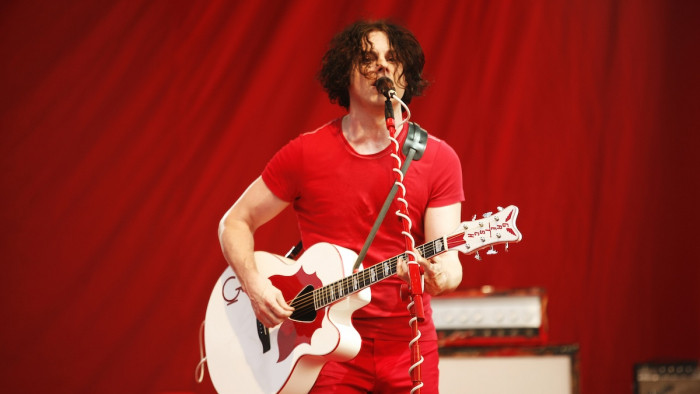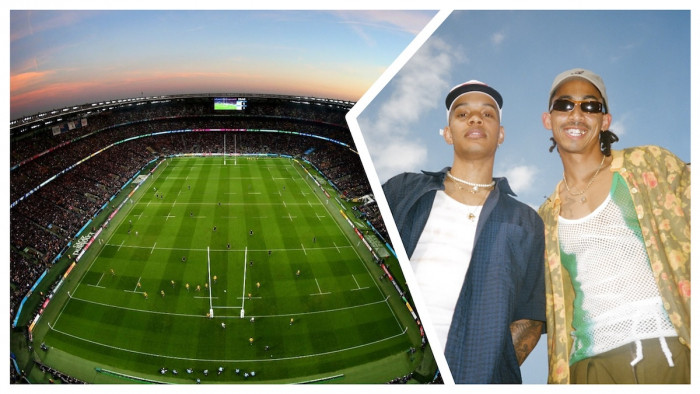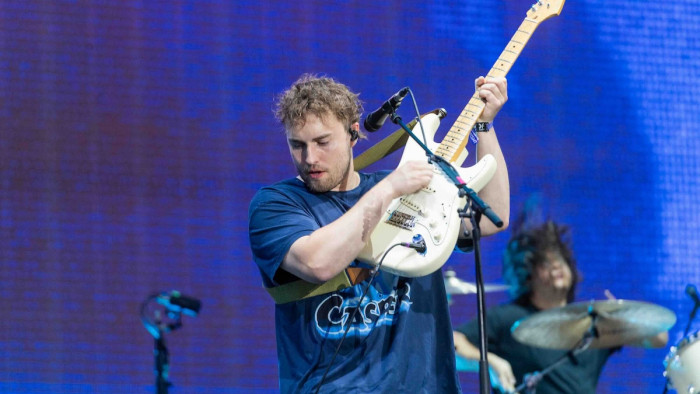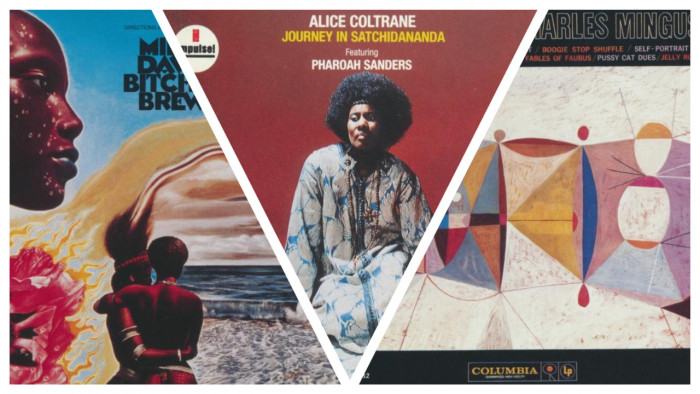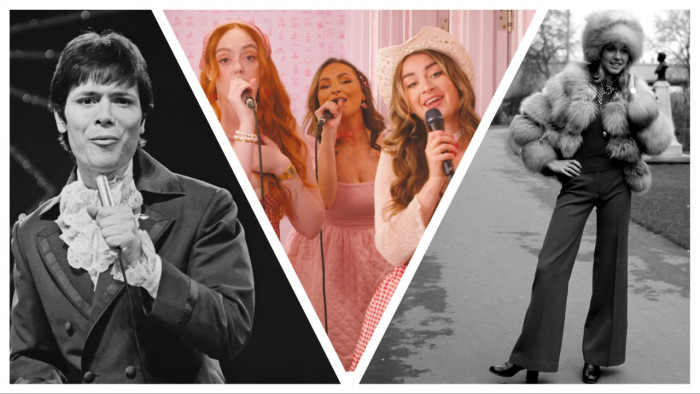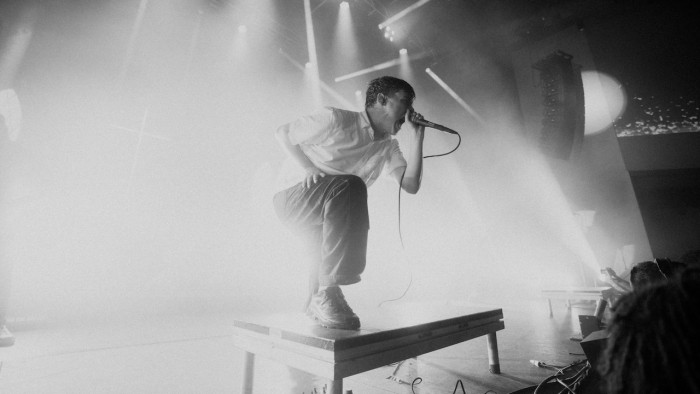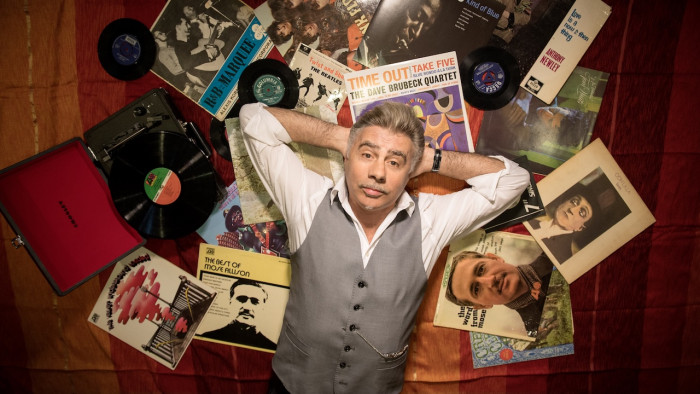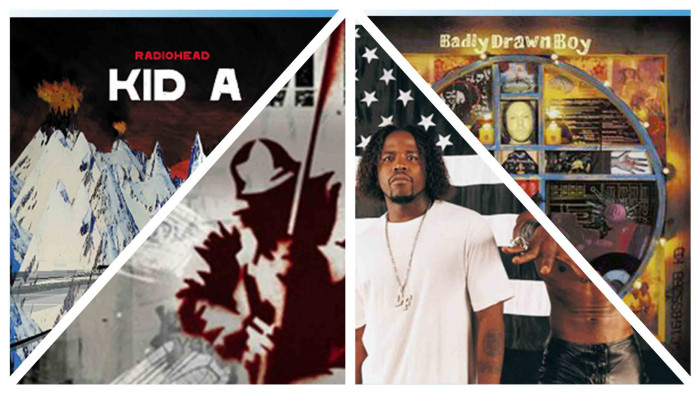This is the story behind that Bowie mugshot (and what happened next)
This is the story behind that Bowie mugshot (and what happened next)


Criminally good looking.
Among the great tidal wave of cool iconography shared around social media following David Bowie’s passing a year ago, one image was quickly shared more than any other: his 1976 mugshot.
Ignoring normal procedure that decrees celebrities arrested for crimes must look a little unhinged, sleepless or that an evil strand of hair made them do it (see Mel Gibson) – Bowie looked quite the opposite. Sharply dressed, serene, impossibly cool, Andy Warhol behind the lens.
But in actual fact it was quite a troubling time for the young singer; and in case you don't know how the mugshot came to be, allow us to fill you in:
The date was 22 March 1976. Bowie, then 28, was in a suite at New York’s Americana Rochester Hotel with three friends, one which being Iggy Pop. At around 2.25am, four vice squad detectives and a state investigator bust in and arrested them over possession of half a pound of marijuana – a felony known to carry up to 15 years in prison as punishment at the time.

After being held at Monroe County Jail for several hours, all four were freed on bond, with Bowie footing the bill. His Lawyer, Thomas G. Presutti, then told officials that due to his client’s fear of flying they had to leave early to drive to a concert in Springfield, so would only be able to make the court appearance four days later.
Silently marching into Rochester City Court on 26 March, Bowie, Iggy Pop and the other arrestees were welcomed by a scrum of journalists, fans and 200 law officials, so were swiftly ushered into a side corridor by police to manage safety. However, Bowie’s biggest greeting, according to a local paper, “were the screams of about a half-dozen suspected prostitutes awaiting arraignment in the rear of the corridor outside the court room”.
Ignoring most of the hysteria unfolding, Bowie only stopped to acknowledge one onlooker, giving an autograph to a young fan as he stepped off an escalator.
Describing Bowie as “stood demurely in front of the bench with his attorneys”, a court report from newspaper Democrat and Chronicle added that he wore a grey three-piece leisure suit, a pale brown shirt and that he was holding a matching hat.
Asked for a plea by City Court Judge Aphonse Cassetti to the charge of fifth-degree criminal possession of a controlled substance, Bowie, who’d previously given his last name as Jones and listed his address as 89 Oakley St, London, said “not guilty, sir”. His co-defendants pleaded the same.

Managing to slip out unnoticed from the court, Bowie and his entourage then headed to Times Square and the offices of his Rochester lawyer Anthony F Leonardo to break his silence with an interview about the arrest.
Ever the gent, he claimed the police were “very courteous and very gentle - they've been just super”, adding that he felt “flattered” by those who turned up in support. Navigating a labyrinth (ahem) of elevators and stairwells to get back outside and onto the next leg of his tour, 30 of those fans were present to give their hero a fond farewell.
That night, Bowie played the final show of his US tour at Madison Square Garden - a venue he’d later play for a benefit concert in the wake of 9/11, wowing the crowd with his stripped back rendition of a Simon and Garfunkel classic America – and eventually the grand jury decided not to take up the case.
But we’ll always have that mugshot.
